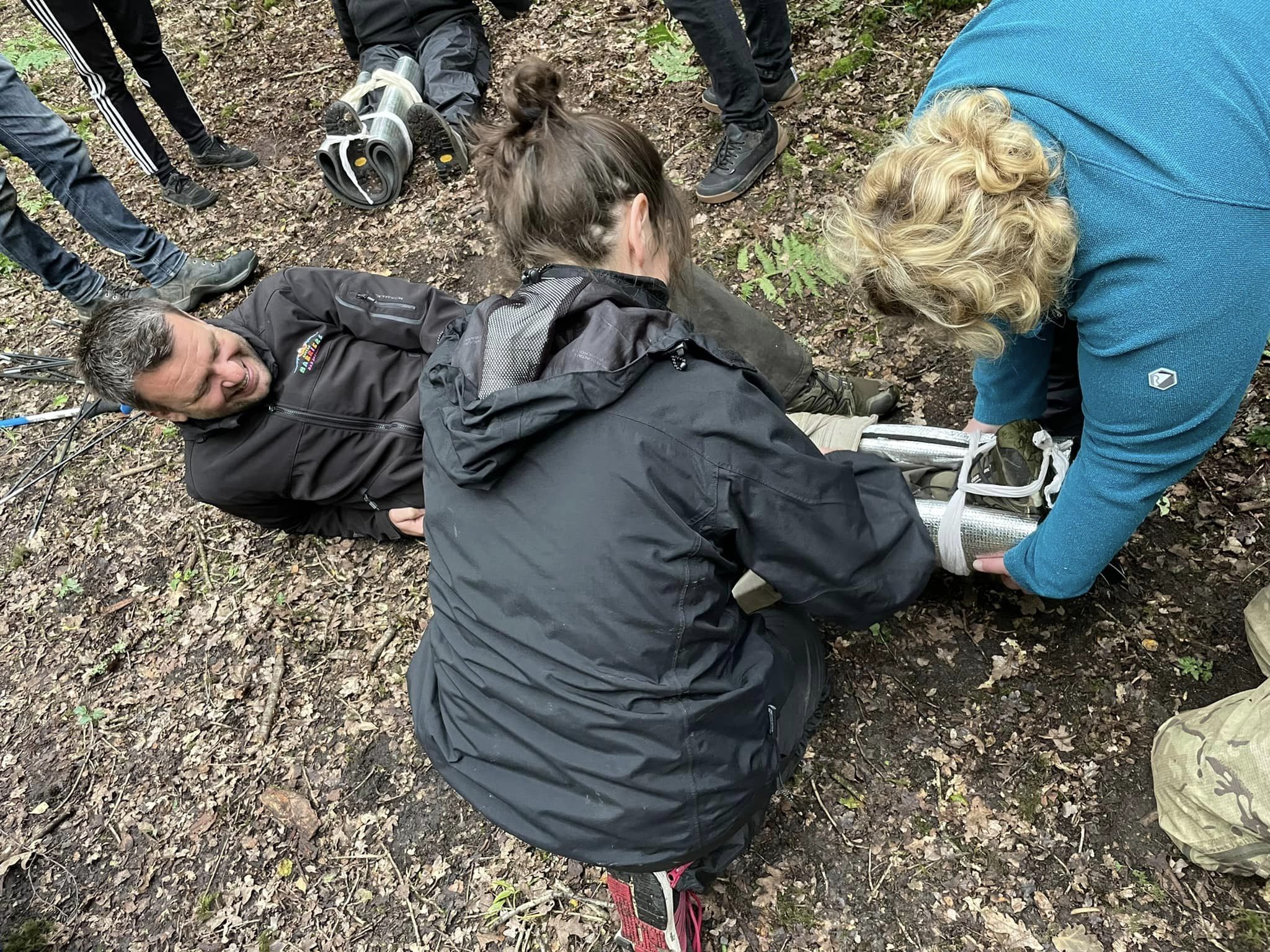The importance of CPR in saving lives cannot be overstated: this technique can make the difference between life and death in emergencies. Upon starting CPR, certain procedures must be followed in a particular order to adequately support blood circulation and oxygen delivery to the crucial organs when the heart stops. The depth of chest compressions required for effective CPR varies depending on the age of the casualty.
How Deep Should Chest Compressions Be?
The Resuscitation Council (UK) Guidelines provide widely recognized guidance on how deep chest compressions should be to ensure effective CPR. These guidelines emphasize not only the correct chest compression depth for adults, children, and infants but also the rhythm and frequency required for successful resuscitation.
For first responders and first aiders, following these recommendations ensures that they are administering CPR in line with best practices.
Correct Depth for CPR: Age-Based Compression Guidelines
Understanding the ideal depth for chest compressions is essential for maintaining effective circulation:
- Adults: Compressions should be 5–6 cm deep (about 2–2.4 inches) at a rate of 100–120 compressions per minute.
- Children: The recommended depth is 4–5 cm, maintaining the same rate of 100–120 compressions per minute.
- Infants: While not specifically covered in this reference, infant compressions generally require a depth of about one-third of the chest’s diameter.
Steps for Administering CPR with Proper Chest Compression Depth
1. Conduct a Primary Survey (DRABC)
Before starting CPR, ensure the environment is safe and conduct a primary survey:
- D – Danger: Check for hazards.
- R – Response: Tap the casualty and ask, “Are you okay?”
- A – Airway: Tilt the head back and lift the chin.
- B – Breathing: Check for normal breathing for up to 10 seconds.
- C – Circulation: If unresponsive and not breathing normally, start CPR immediately.
2. Administer Chest Compressions
- Position hands in the center of the casualty’s chest, over the lower half of the breastbone.
- For adults and older children, use the heel of one hand, stacking the other hand on top.
- For younger children, use one hand; for infants, use two fingers.
- Compress firmly to the recommended depth of chest compressions, allowing full recoil after each compression.
3. Deliver Rescue Breaths
- After 30 compressions, give 2 rescue breaths.
- Pinch the casualty’s nose and seal your lips over their mouth.
- Blow gently and steadily for about one second, watching for the chest to rise.
- If the chest doesn’t rise, reposition the head and try again.
Continue the 30 compressions:2 breaths cycle until emergency services arrive or the casualty shows signs of life.
Why the Ideal Depth for Chest Compressions Matters
Effective chest compressions push blood to the brain and other vital organs, maintaining circulation until professional help arrives. If compressions are too shallow, they may fail to pump sufficient blood. However, if compressions are too deep, they could cause unnecessary injury without improving survival chances.
Finding the right balance between depth and recoil is crucial to delivering effective CPR.
Risks Associated with CPR and Compression Depth
While chest compressions are crucial, they may sometimes cause injuries such as:
✅ Fractured ribs
✅ Bruised lungs
✅ Sternal fractures
However, these risks are far less dangerous than leaving the heart stopped. The priority should always be to sustain blood circulation, as untreated cardiac arrest is fatal.
Refreshing Your CPR and Defibrillator Training
CPR is a lifesaving skill that requires regular training to stay updated on best practices. Certified first aid courses provide hands-on training using defibrillators and allow individuals to practice techniques under expert supervision.
Courses also cover how deep should chest compressions be and the correct depth for CPR, ensuring that learners perform CPR safely and effectively.
FAQs on Chest Compression Depth and CPR
Q1: What is the correct depth for CPR chest compressions on an adult?
The recommended depth of chest compressions for an adult is 5–6 cm (2–2.4 inches) at a rate of 100–120 compressions per minute.
Q2: What happens if chest compressions are too shallow?
Shallow compressions fail to generate sufficient blood flow, reducing the chances of survival. A proper depth ensures that the heart pumps blood effectively.
Q3: Can compressions be too deep?
Yes, compressions that exceed 6 cm can cause fractured ribs or lung injuries. The key is to apply firm, controlled pressure without excessive force.
Q4: What is the ideal depth for chest compression in children?
For children, compressions should be 4–5 cm deep, maintaining the same compression rate as adults (100–120 per minute).
Q5: How often should I refresh my CPR and defibrillator training?
It’s recommended to renew CPR certification every 3 years. Regular training sessions help maintain confidence in delivering high-quality compressions.
Conclusion
Accurate execution of CPR requires precision, practice, and adherence to guidelines. The correct depth for CPR chest compressions ensures that blood circulates effectively during cardiac arrest.
By mastering the ideal depth for chest compression, first aiders can significantly improve survival rates. Ongoing training guarantees that you’ll always be prepared to act when every second counts.













